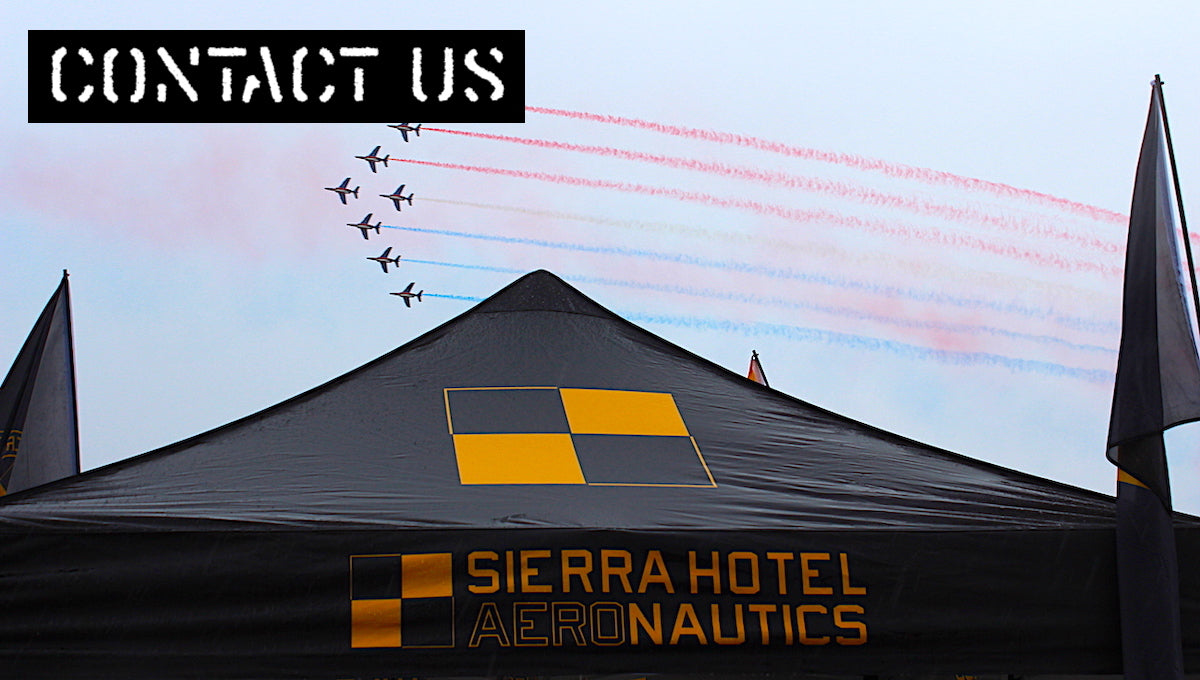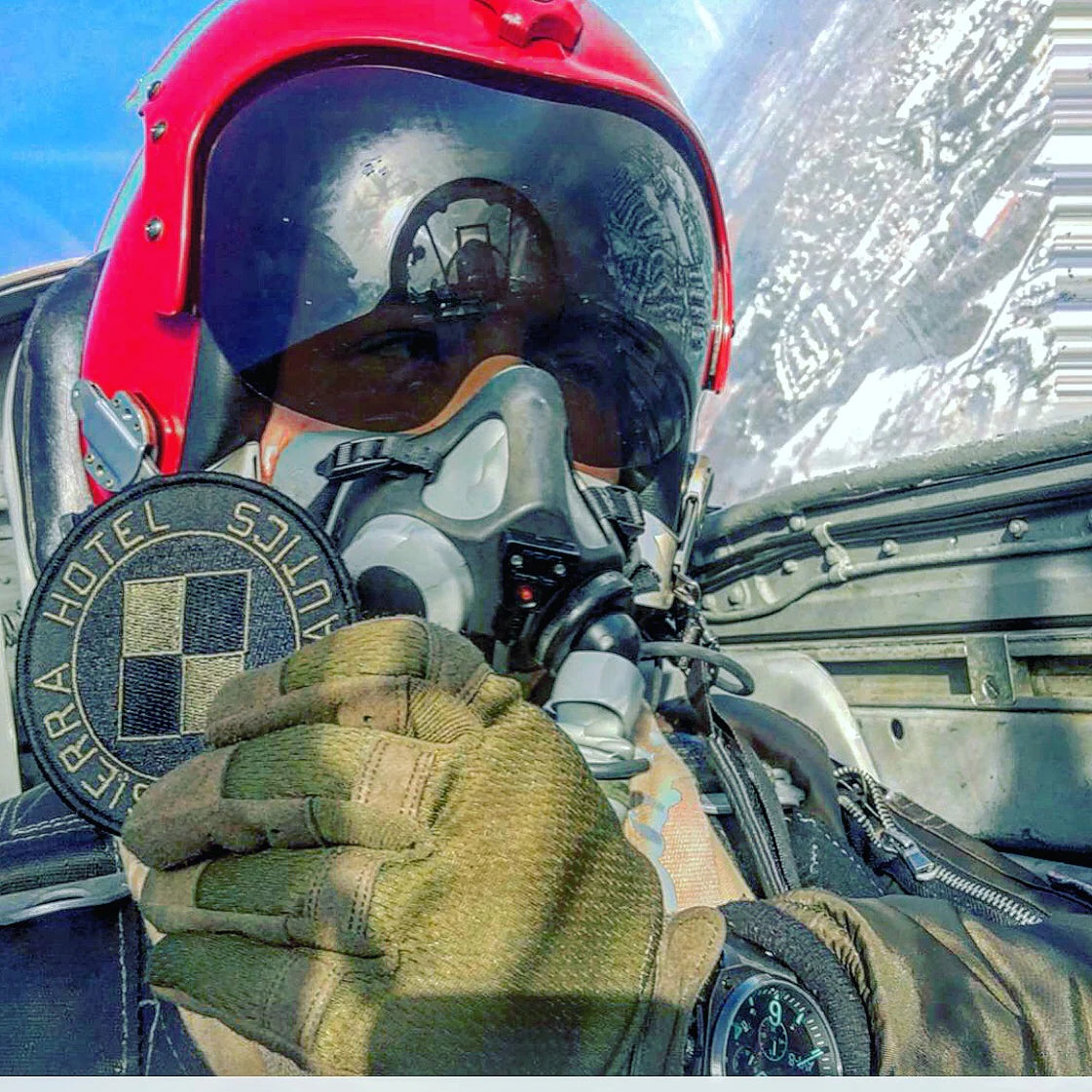Apollo 13 - "Houston, we've had a problem."
Perhaps the most understated transmissions ever made or received in the history of flight communications...
CapCom replied to the crew of Apollo 13, "Roger, we copy you venting."
The Apollo 13 mission was commanded by James A. Lovell with John L. "Jack" Swigert as Command Module pilot and Fred W. Haise as Lunar Module pilot. Swigert was a late replacement for the original CM pilot Ken Mattingly, who was grounded by the flight surgeon after exposure to German measles.
On the evening of April 13, when the crew was 200,000 miles from Earth and closing in on the moon, mission controller Sy Liebergot saw a low-pressure warning signal on a hydrogen tank in Odyssey.
The signal could have shown a problem or could have indicated the hydrogen just needed to be resettled by heating and fanning the gas inside the tank. That procedure was called a "cryo stir," and was supposed to stop the supercold gas from settling into layers.
Swigert flipped the switch for the routine procedure. A moment later, the entire spacecraft shuddered around the startled crew. Alarm lights lit up in Odyssey and in Mission Control as oxygen pressure fell and power disappeared. The crew notified Mission Control, with Swigert famously uttering, "Houston, we've had a problem."

Pictured: Apollo 13 Lunar Module Systems Activation Checklist upon which Commander James Lovell made his handwritten calculations to guide his wounded spacecraft and crew home - scant two hours after uttering the famous words, "Houston, we've had a problem.
Thirteen minutes after the explosion, Lovell happened to look out of the left-hand window and saw the final evidence pointing toward potential catastrophe. "We are venting something out into the-into space," he reported to Houston. Jack Lousma, the CapCom replied, "Roger, we copy you venting." Lovell said, "It's a gas of some sort."
And so began a most incredible story of survival, teamwork and professionalism. What was to be NASA's darkest day, became its shining moment!
Because the fuel cells generated the Command/Service Module's electrical power by combining hydrogen and oxygen into water, when oxygen tank 1 ran dry, the remaining fuel cell finally shut down, leaving the craft on the Command Module's limited-duration battery power and water. The crew was forced to shut down the CM completely to save this for re-entry, and to power up the LM to use as a "lifeboat" to attempt a return to Earth. As a demonstration of just how limited power reserves, and precise the slide rule calculations Apollo 13 crew was instructed to temporarily stop urine dumps to avoid altering the trajectory of the spacecraft. A misunderstanding prompted the crew to store all urine for the rest of the flight.
Despite great hardship caused by limited power, loss of cabin heat(reduced power levels in the LM caused internal temperatures to drop to as low as 4 °C (39 °F)), shortage of potable water, and the critical need to make makeshift repairs to the carbon dioxide removal system using whatever materials they had on board. Thanks to the ingenuity and exceptional teamwork from NASA engineers on Earth, fellow Astronauts and the Apollo 13 crew, the Apollo 13 Command Module, and its LM Lifeboat made the return from the Moon.
The last problem to be solved was how to separate the Lunar Module a safe distance away from the Command Module just before re-entry. To solve the problem, Grumman called on the engineering expertise of the University of Toronto. A team of six UT engineers was formed to solve the problem within a day. The team concluded that pressurizing the tunnel connecting the Lunar Module to the Command Module just before separation would provide the force necessary to push the two modules a safe distance away from each other just prior to re-entry. The team had 6 hours to compute the pressure required, using slide rules. They needed an accurate calculation, as too high a pressure might damage the hatch and its seal, causing the astronauts to burn up; too low a pressure would not provide enough separation distance of the LM. Grumman relayed their calculation to NASA, and from there in turn to the astronauts, who used it successfully.

Pictured here, is the crew's first look at the Service Module after jettisoning in Earth's orbit. It was then that the crew were shocked to see the extensive damage that occurred to their ship.
Odyssey splashed down safely in the South Pacific Ocean, 21°38′24″S 165°21′42″W, southwest of American Samoa and 4.0 mi from the recovery ship, USS Iwo Jima.

Three of the four Apollo 13 Flight Directors applaud the successful splashdown of the Command Module "Odyssey" while Dr. Robert R. Gilruth, Director, Manned Spacecraft Center (MSC), and Dr. Christopher C. Kraft Jr., MSC Deputy Director, light up cigars (upper left). The Flight Directors are from left to right: Gerald D. Griffin, Eugene F. Kranz and Glynn S. Lunney.
"Uh well, I'll tell ya, I remember this one time - I'm in a Banshee at night in combat conditions, so there's no running lights on the carrier. It was the Shrangri-La, and we were in the Sea of Japan and my radar had jammed, and my homing signal was gone... because somebody in Japan was actually using the same frequency.
And so it was - it was leading me away from where I was supposed to be. And I'm lookin' down at a big, black ocean, so I flip on my map light, and then suddenly: zap. Everything shorts out right there in my cockpit.
All my instruments are gone. My lights are gone. And I can't even tell now what my altitude is. I know I'm running out of fuel, so I'm thinking about ditching in the ocean. And I, I look down there, and then in the darkness, there's this uh, there's this green trail. It's like a long carpet that's just laid out right beneath me. And it was the algae, right? It was that phosphorescent stuff that gets churned up in the wake of a big ship.
And it was - it was - it was leading me home. You know? If my cockpit lights hadn't shorted out, there's no way I'd ever been able to see that. So uh, you, uh, never know... what... what events are to transpire to get you home."
Jim Lovell - Commander Apollo 13












Leave a comment